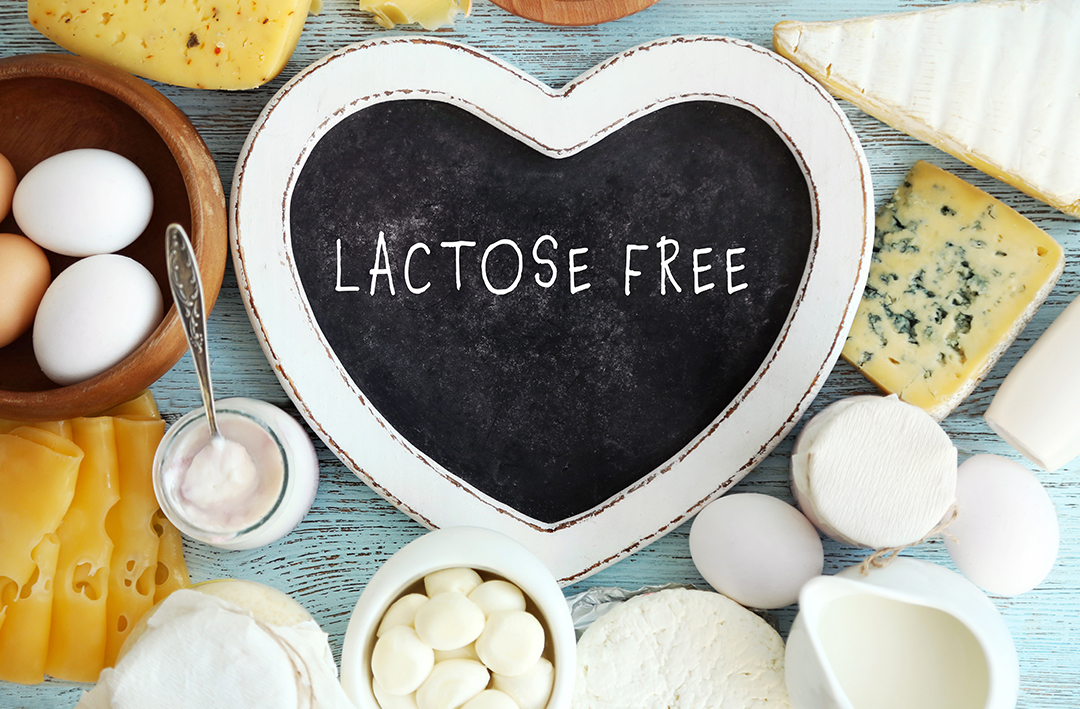Our Blog

Cheese Guide for Lactose Intolerance
The extent to which someone is lactose intolerant varies from person to person, but being sensitive to cheese doesn't mean you should avoid cheese completely.
Cheese Guide for Lactose Intolerance
The extent to which someone is lactose intolerant varies from person to person, but being sensitive to cheese doesn't mean you should avoid cheese completely.
Lactose is a sugar found in milk. This sugar is consumed by certain lactic acid bacteria cultures causing milk pH to decrease due to the production of lactic acid. The majority of lactose is found in the whey, and low levels can remain after manufacture.
Soft cheeses contain more lactose as the majority of the whey is kept. Look out for cheese with fewer grams of sugar.
If you wish to explore your lactose intolerance I would suggest starting with aged and hard cheeses. Aged and hard cheese can be digested by most people with lactose intolerance. In the production of hard cheeses, much of the whey is released thereby giving the cheese far less lactose compared to a fresh cheese. In addition, during cheese ripening, remaining lactose gets metabolised to lactate which then gets utilised by other microorganisms making way to a series of other chemical reactions in the cheese.
Below is a list of cheeses you should avoid if you are lactose intolerant and ones that you could try.
Avoid:
- Cottage Cheese
- Cream Cheese
- Feta
- Mozzarella
- Ricotta
- Camembert
- Cheddar
- Havarti
- Blue Vein
- Gorgonzola
